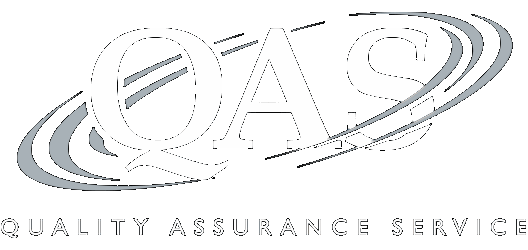Exploiting and Avoiding Self-Rental Rules: Grouping, Exceptions, Material Participation, 199A, NIIT
An encore presentation featuring live Q&A.
Recording of a 110-minute CPE webinar with Q&A
This webinar will discuss the regulations under Section 469 subjecting taxpayers who materially participate in a trade or business activity to self-rental rules for property leased to the business. The panelist will review types of property and taxpayers subject to the rules, exceptions and grouping to avoid its reach, and reporting the outcome on Schedule E, Form 1065, and 1120S.
Outline
- Section 469 passive activity rules
- Self-rental exceptions
- Property types
- Ownership
- Directly – Schedule E
- Indirectly – Forms 1065/1120S
- 199A
- NIIT
- Relative cases and examples
- Strategies to avoid and mitigate overall tax
Benefits
The panelist will review these and other key issues:
- When self-rental property qualifies for the 20 percent QBI deduction
- What are the exceptions to the self-rental rules?
- How grouping can be used to mitigate tax on self-rentals
- Reporting self-rental income and losses owned directly (Schedule E) and indirectly (Form 1065 and 1120S)
An encore presentation featuring live Q&A.
Faculty

Jeremias Ramos, CPA
Senior Tax Manager
Sensiba
Mr. Ramos has more than seven years of public accounting with a focus on tax services. His expertise lies within the... | Read More
Mr. Ramos has more than seven years of public accounting with a focus on tax services. His expertise lies within the real estate and professional services industries and high net worth individuals.
Close
